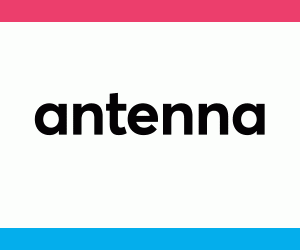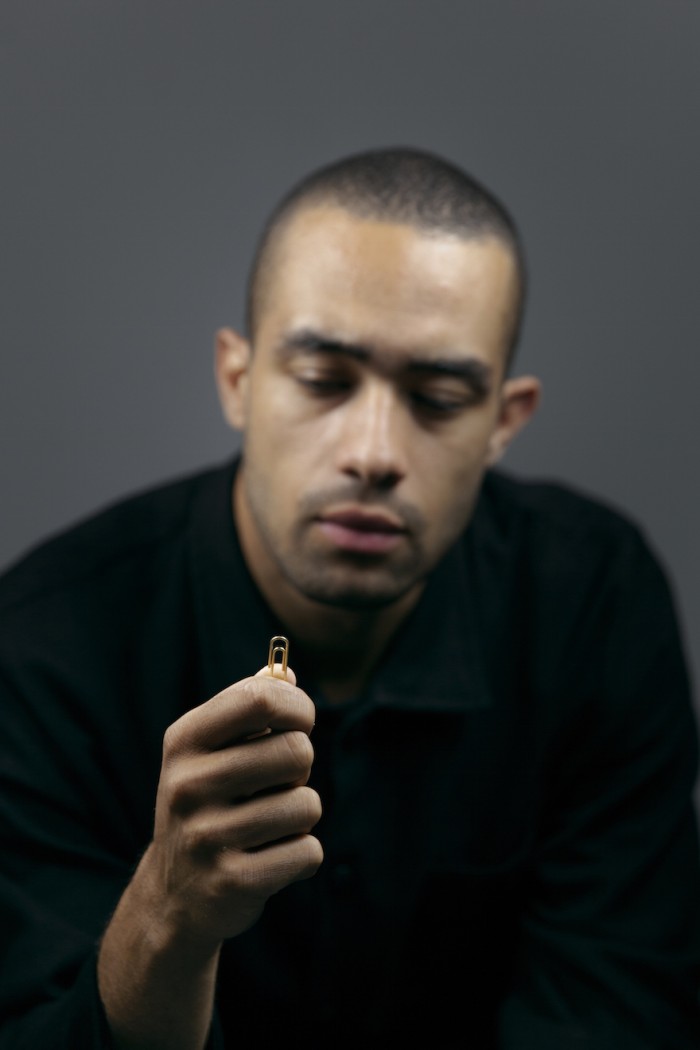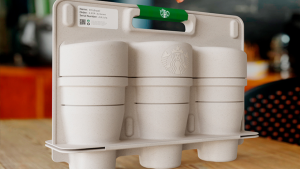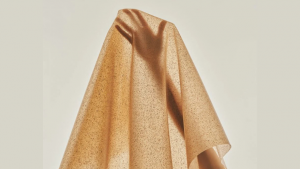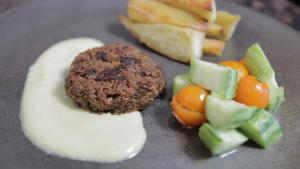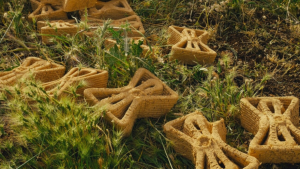Part of the Project
Held at Dutch Design Week, which took place in the Dutch city of Eindhoven this month, the Future Food Design Awards is a competition that shines a light on designs that challenge the way we make and consume food.
Last year, antenna speaker and Mexican designer Fernando Laposse was awarded the jury prize at the competition for his project Totomoxtle. It seeks to help indigenous farmers plant native Mexican corn despite the threat of industrialisation and mass production.
This year, the jury award and the audience award went to another antenna speaker, Adelaide Lala Tam for her project 0.9 Grams of Brass.
Like Laposse, Tam presented her project to a captivated audience at the antenna conference. Conceptualised by Design Indaba and co-produced by Dutch Design Week, the conference gathers graduate designers from all over the world in one place.
Uninhibited, mentored and supported, the 20 graduates presented their designs which ranged from social impact initiatives, speculations on the future of mobility, blockchain and in Tam’s case, food.
0.9 Grams of Brass brings into focus the life and death of a modern day cow. It’s a staple in diets worldwide, but many of us only see the end, polished beef product in our grocery store aisles.
Growing up in Hong Kong, Tam quickly grew accustomed to seeing the slaughter of animals for food. But as she grew up, moving to different places around the world, she noticed how removed we as a population are from what we eat and how it gets to our plate.
Curious about her role as a designer as a mediator between food and design, Tam started by visiting a slaughterhouse. There she learned that all it takes to end a cows life is one bullet from a stun gun.
All that’s left behind is a cartridge. She then melts the cartridge down and turns into an everyday paper clip.
At her Dutch Design Week exhibition, she illustrated this process with a mock vending machine. For 5 cents, visitors could purchase a paper clip made from the 0.9 grams of the brass cartridge casing.
“The resulting brass paperclip (which has its origins in a system of mass production and distribution) is an object consecrated for daily use that serves as a constant reminder of the loss of an animal’s life,” she wrote.
Dutch Design Week jury member Clemens Driesen aptly summoned up Tam’s project and the judges’ choice:
“0.9 Grams of Brass tells a complicated story through a seemingly banal, everyday object. This brass paperclip looks subtly different from the average metal one. After buying one for 5 cents, you are left with the question what to do with it: give it a special place, use it as a paperclip, put it in a bottom drawer out of sight and forget it, throw it out, let it somehow linger in your subconscious?
The paperclip seems ambiguous on whether it aims to critique or ritualise and remember the taking of the life of a cow.”
The award is a joint initiative by Agri meets Design and The Dutch Institute of Food & Design. A total of 50 projects from 30 different countries were nominated for this second edition.
Tam's antenna talk will be available for viewing right here, soon.
More on the future of food
Memphis Meats is at the forefront of kill-free meat

